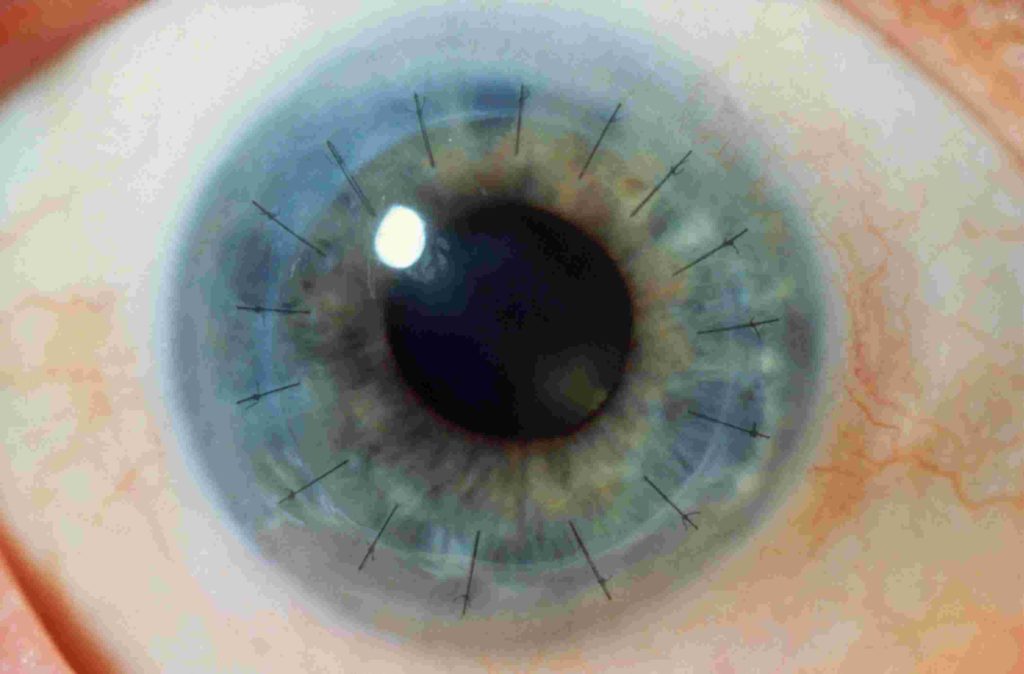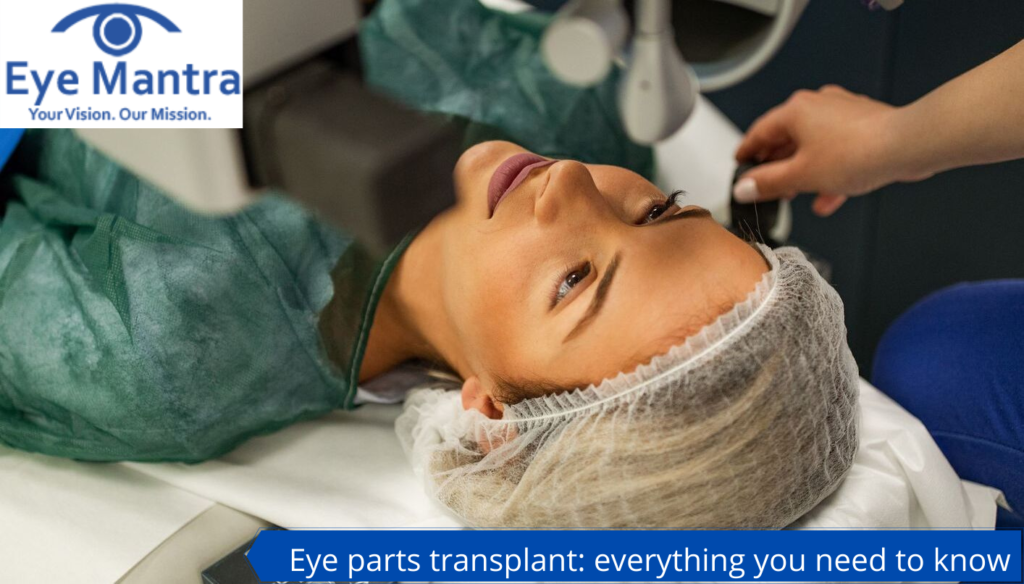Contents
Everything You Need To Know About Eye Parts Transplant
Medical science is still far from achieving success in performing a complete and successful eye transplant surgery. So, when you hear someone saying that they have received an eye transplant, it will most probably mean that they have received a cornea transplant. The “Donor corneas” can do wonders for their vision.
They can enhance and improve the vision of the individual. Our eyes are the most complex and the most sensitive organ of our body. They are connected to our brain through an optic nerve. And this nerve performs the function of sending visual signals from our eyes to our brain. And then, our brain interprets these signals as images.
The optic nerve is not very long. The building structure of the optic nerve consists of more than one trillion small nerve fibers. But in case these nerve fibers are cut, they cannot be attached ever again. And because of this sole reason, transplanting an entire eye becomes an impossible task. So even when they can achieve the feat of implanting the eye inside the eye socket, the eye will still be unable to send signals to your brain via the channel of the optic nerve.
Corneal Transplant

It has been considered as one of the most common types of transplants for the improvement of vision. This method has a high success rate. Your cornea is the spotless tissue, which lies right in front of your eye and over your pupil. It performs the function of providing a clear vision. When a cornea transplant is being performed, the cloudy cornea is replaced with a healthy donor cornea.
Types
Penetrating keratoplasty (PK)
Local anesthesia is used while performing this form of transplant. And your eye surgeon will withdraw a tiny piece of your cornea. And then, the separate piece will be replaced by the donated corneal tissue. After which, it will be stitched to fit into its place.
Lamellar keratoplasty (LK)
This is a different type of corneal transplant. As in this case, both the external and internal layers of the cornea are replaced. This method of corneal transplant uses varying techniques. And each technique provides a faster recovery rate, which is very beneficial.
The complete recovery of your vision can even take an entire year. As the new tissues take time, to get completely attached to your eye. And the swelling takes time to slow down and vanish. But both of these corneal transplant procedures are risky as there is the possibility of rejection of the donor tissue. In certain cases, the eye doctor may even prescribe some pharma drugs.
These pharmaceutical drugs will help your eye in accepting the new tissue. You may also require certain kinds of glasses or contact lenses for the correction of refractive errors. Sometimes LASIK is also needed to correct the refractive errors. And as mentioned above, there are certain kinds of risks attached to the process. These have mentioned below:-
- There is the possibility of “Bleeding.”
- You can develop “Cataracts” after the transplant has been performed.
- You may develop an “eye infection.”
- There is the possibility of your developing “Glaucoma, or high eye pressure that leads to retinal damage.”
- You may even face the possibility of losing your vision
- There can be scarring on the surface of the eye, which can cloud your vision.
- Your cornea may start to swell.
There are other types of transplant surgeries, which are still in their initial stages, and they may or may not prove to be successful. The types have been mentioned below:-
- Amniotic Membrane Transplantation (AMT):- In this case, the amniotic membrane is substituted. It is done to treat problems, which affect the “Sclera” and the “Conjunctiva.”
- Eyelash transplants: – If an individual has listed his eyelashes in some accident, he always has the option of undergoing an eyelash transplant.
- Tear duct replacement: – This is still not a completely developed procedure. In this case, the eyelids with tear ducts are transplanted. This is beneficial for people who are suffering from the problem of clogged tear ducts. But this procedure is an experimental one at best for now.
- Retinal pigment epithelium transplant: – In recent times, “Retinal cell testing” has proven to be successful. In this case, researchers utilize human stem cells for the creation of “RPE” cells. This form of transplant is beneficial for those who suffer from macular degeneration.
The procedure of transplanting a whole eye is still experimental. And when this procedure was attempted, there were certain difficulties, which have been mentioned below:-
- The proper blood circulation in the transplanted eye could not be maintained, even after the procedure was performed.
- There is always a very high possibility that your immune system will not accept the donor tissue.
- Detaching the optical nerve and then transplanting it is a highly sensitive and intricate procedure.
The phenomenon of vision loss starts to occur with the advancing age. There are some eye ailments, which an individual develops when he is at least 40 years old. Some of these ailments are “Cataracts, macular degeneration, diabetic retinopathy, and glaucoma.” And most recent studies have shown that adults are more than likely to suffer from vision loss.
And at that stage, surgery becomes a highly risky option for them. Because even when the procedure of surgery is successful, their healing capacity does not work like before. And the use of anesthesia during the transplant can lead to severe complications. The most successful variant of an eye transplant is the corneal transplant, as the other types of transplants are still highly risky and experimental. And with every kind of transplant come the risks.
So an individual who has decided to undergo one of these transplants must also be ready to accept the complications. But there are no risks associated with the transplant; there are various benefits attached also. In those cases where the transplantation procedure is successful, there is a significant improvement in an individual’s vision. The best way to treat your eyes is to visit your eye care professional and get your eyes checked regularly. He will be able to assess the best method of treatment for your eye ailment.
Visit our website Eyemantra. To book an appointment, call at +91-8851044355. Or mail us at [email protected]. Our other services include Retina Surgery, Specs Removal, Cataract Surgery, and many more.



